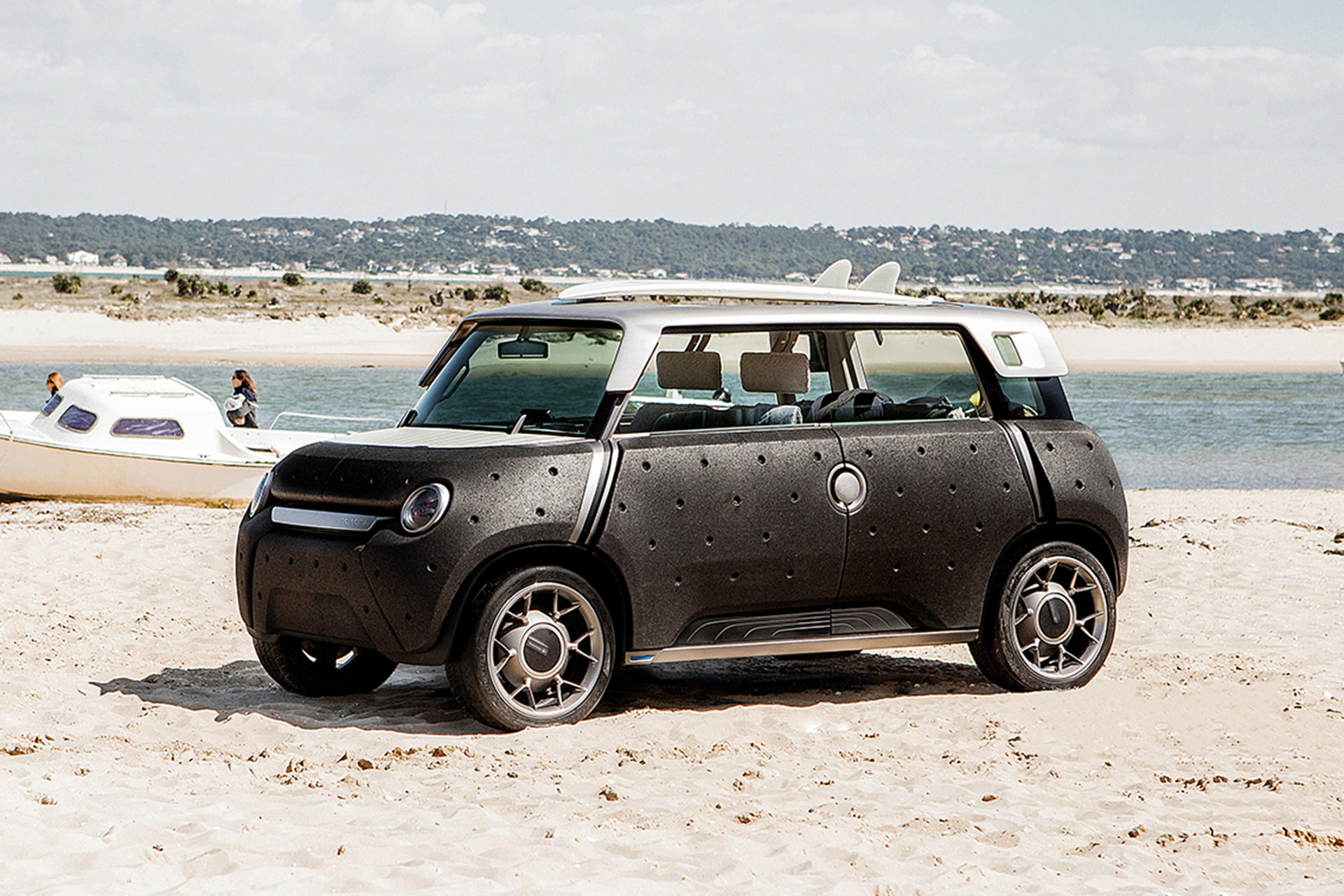Electric, autonomous and connected to the web: that’s what the car of the future looks like. Furthermore, it will contain more plastic, so that it can be lighter, more efficient and emit less exhaust gases. The combustion engine vehicles we know will continue to be used for a long time, but new drives are already taking over the market: electric car sales are growing, as is the number of registered hybrid models. Everything is pointing to us being on the right path of change.

The data confirm this statement: according to Electric Vehicle Outlook 2019 by BloombergNEF, 56 million electric vehicles will be driving around the world and will make up 57% of all car sales in 2040.
Currently, ever more restrictive legal regulations introduced by governments, oriented towards reducing carbon dioxide emissions, such as the European Commission’s regulations until 2050, are forcing car manufacturers to design increasingly efficient and environment-friendly vehicles. Electricity and light weight are two critical points that enable the realization of these requirements.
Electric FUTURE vehicle
From a technical perspective, requirements concerning cooling of drive units in electric vehicles are different than in combustion engine vehicles. This makes it possible to remove the front grille. In the car of the future, the application of plastic will be of critical significance in car design, as indicated by Plastics in Motion with Today’s Trends in Transportation published by the Plastics Industry Association in Washington D.C., containing the observations of leading car manufacturers.
FUTURE CARS DESIGN CAPABILITY
In terms of design issues, the report by Brian Krull – Global Director of Innovation of Magna International – indicates that “By 2025, more than half the vehicles produced will have a rear liftgate or hatch in the back, whether it’s an electric power-train or traditional power-train.” The use of plastic for manufacturing car parts gives designers unlimited possibilities and solutions unattainable in the case of traditional materials like aluminum or steel. Using plastic may substantially improve the design and attractiveness of cars, to satisfy buyers while simultaneously ensuring an undiminished level of strength and safety.
Moreover, in cars of the future, plastic will be used in the distribution and protection of autonomous technology in vehicles, such as GPS components and night-vision cameras.
FUTURE AUTOMOBILE MEANS LIGHTER VEHICLE?
Researchers at the London-based IHS Market predict that, in comparison to the year 2014 (200 kg), in 2020, vehicles will contain over 150 kg more plastic parts, reaching a total weight of 350 kilograms per vehicle.
For this reason, injection molding technology of thermoplastic materials will be the perfect solution, because, in comparison to traditional steel components, it enables the production of plastic components with an attractive appearance and lower mass – from 25 to 40%, as Krull indicates.